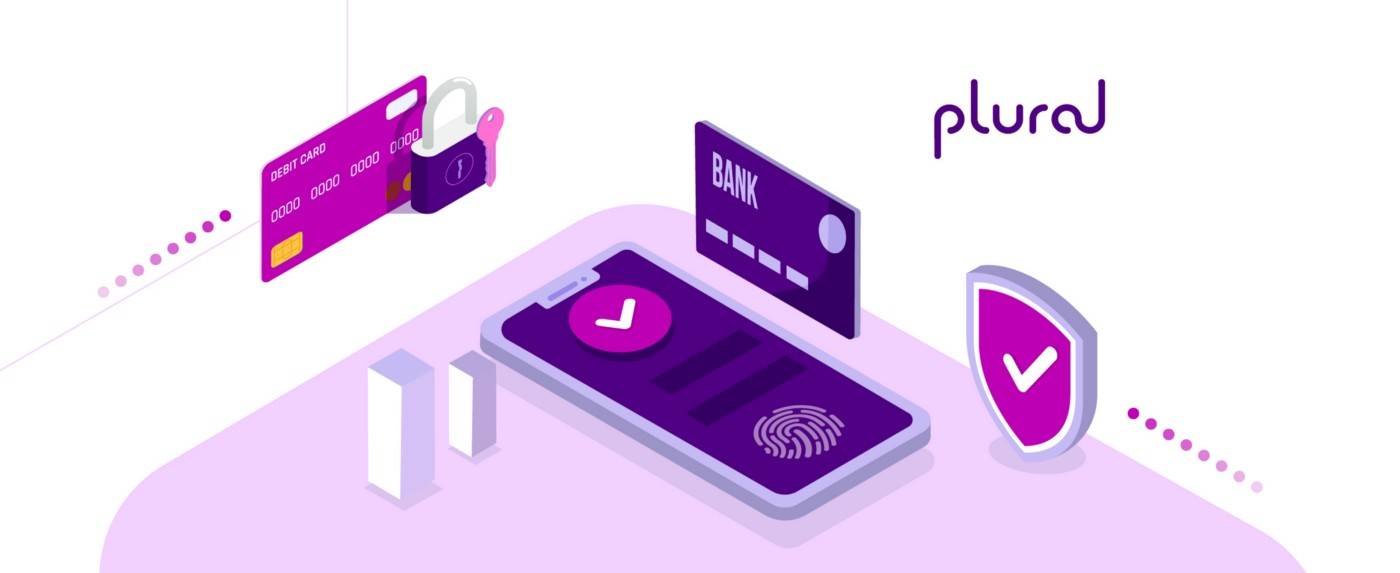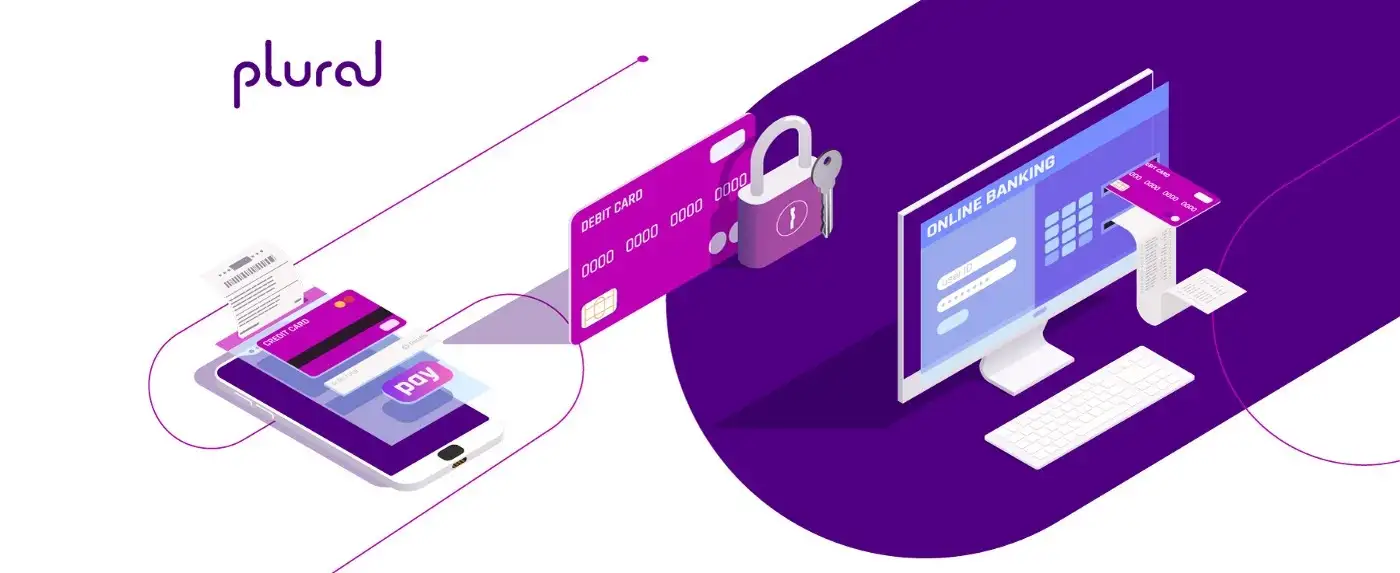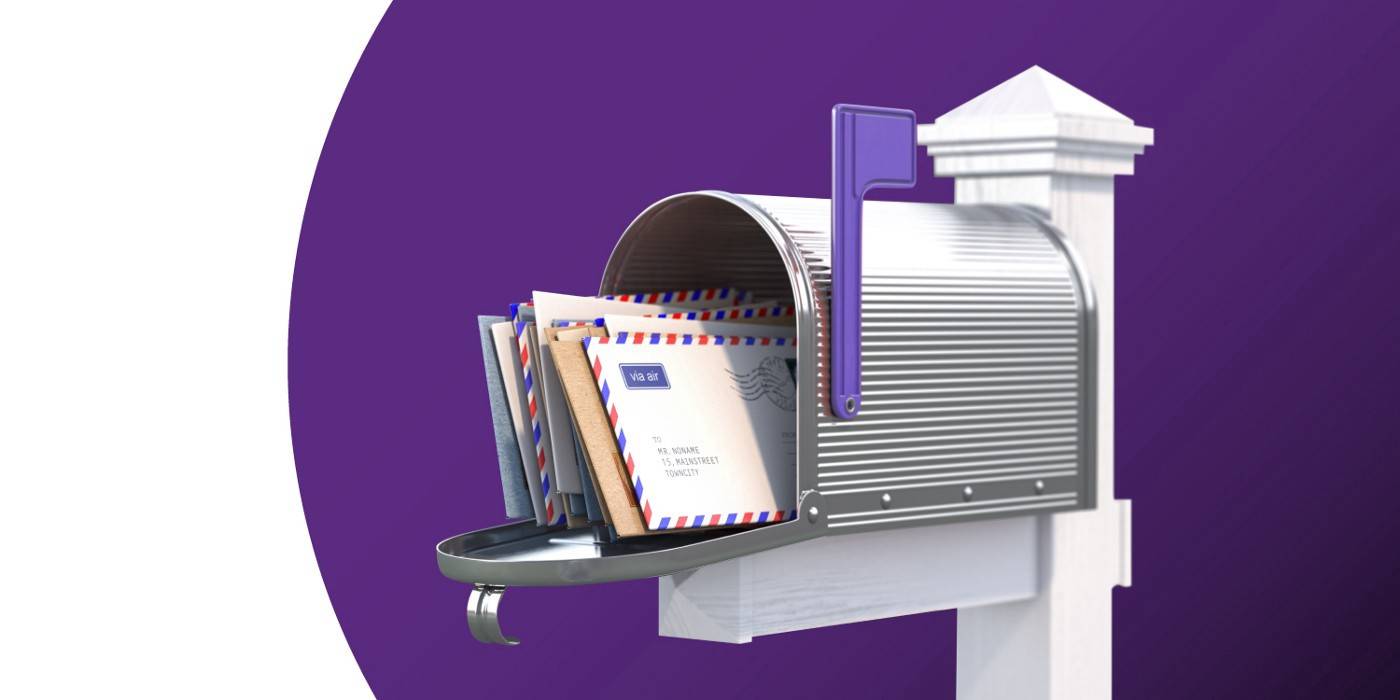Digital payments are increasingly becoming the preferred mode of payment for consumers today. Ease-Of-Use, cost savings, and superior functionality are some of the key drivers of this trend, which is nudging more and more businesses to embrace digital payments to accelerate business growth.
By the end of 2022, global digital payments are expected to reach USD $8.49T and grow to USD $13.75T by 2026, at a CAGR of 12.82%.
A well-functioning payment gateway gives businesses a competitive edge in an increasingly digital world. Businesses that don’t get their payment gateways up and running are bound to lose out on consumers and data and, in turn, evolving market opportunities.
It is important, though, to ensure that your payment gateway runs smoothly. You could just as easily lose a customer when transactions time out, OTPs are not generated promptly, and payments continually malfunction.
Testing your payment gateway integration is important to ensure that your customers have a seamless last-mile shopping experience and continues returning for more.
Why Testing Your Payment Gateway Integration Is a Must
During any payment transaction, any number of things could go wrong. Testing your payment gateway integration is a safeguard against potential problems. Here’s a snapshot of a few common issues that can disrupt the payment process:
- The servers are non-responsive. This can result in the customer’s money being deducted but not reaching your business.
- The consumer has low Internet bandwidth. A payment gateway that is not optimized for low bandwidth can lead to drop-offs.
- Digital payments are subject to data security issues, from identity theft to phishing attacks. Double-checking that you are integrating a secure payment gateway is a must.
- The gateway may not be integrated properly; you don’t want to find this out when customers start making digital payments.
- Lack of payment options tends to drive customers away. It’s good to check whether your payment gateway partner offers multiple options and caters to overseas customers if this audience is relevant to your business model.
- If the payment process is too complicated, this results in cart abandonment. Testing the payment gateway integration will help identify this issue.
Keep This Checklist Handy Before You Start Testing
Before launching into the testing process, equip yourself with your testing arsenal:
- Keep a word doc or notebook handy, so you can document your experience, especially during steps where things go wrong
- Keep the documentation related to payment gateway integration accessible, including error codes
- You’ll need a payment processor sandbox, which allows you to make a payment without the money being deducted from your account
- Keep the data related to a dummy credit card number handy
How to Test Your Gateway Integration
The testing stage involves several different types of tests that collectively cover all aspects of the payment framework.
So, be sure to complete each test, and document your experience along the way. Make notes on how the gateway behaves during failed transactions, and observe the communication sent to the business and customer before and after transactions.
If a transaction goes through, but the dummy payment does not reflect at the merchant end, note this.
Functional Testing
Testing the functionality of the payment gateway is the most basic step, and it includes several parameters:
- The smooth functioning of all payment methods offered, such as net banking, cards, UPI, wallets, platforms, etc.
- Being notified as a customer and merchant after the transaction, whether it is successful or not. This includes SMSs, email, and messaging app communication.
- Confirmation of payments and redirection of customers back to your website or app.
Integration Testing
This step helps to verify that the merchant’s website/ online store/ app is successfully integrated with the payment gateway.
Check that the payment gateway connects to the bank of choice, there is smooth communication with the bank’s server, and transactions are processed with the right amount of money and in the currency of choice. Also, check that the transaction proceeds in the right chronological order.
You can place a dummy order, check if the dummy funds get credited to the business account, and if refunds work.
Security Testing
There’s a lot of sensitive information that passes through during payment transactions, such as credit card info, CVV numbers, and passwords. Hence, this is an important aspect of testing and the overall payment framework.
Your payment gateways must successfully enable encrypted storage of data, SSL certificate protocol, authorization management, and safety from incidents like spoofing and other types of attacks.
Performance Testing
This step ensures that your website or platform is equipped to handle payments in different scenarios.
For instance, you can check if several customers can make payments simultaneously and that the network server is in mint condition. Also, check if payments work seamlessly across all your platforms and in different contexts, for example, when the customer’s Internet bandwidth is low.
Database testing
As customers become more conscious of how their data is used and managed, businesses need to treat incoming data with care. Ensure smooth management and security of personal details and banking information. This information must also be stored in a secure database in an organized manner. It must be accessible when required.
If you observe any problems, reach out to your payment gateway partner for support and clarification.
It is advisable not to launch the payment facility until it works seamlessly, as a positive payment experience builds credibility and trust. On the other hand, a choppy payment experience is a definite trust-reducer.
Settlement testing
An important part of the transaction cycle is that the money deducted from a customer’s bank account must reach your business’s bank account. This is referred to as settlement.
The role of settlement testing is to ensure that your business is successfully able to receive payment from multiple customers at all times.
In Conclusion
As the role of a secure, seamless payment experience plays an important part in a digital shopper’s life, it’s important to choose the right payment gateway partner. When payments run into problems, customers never sleep. They seek quick, hassle-free, seamless resolutions. Hence, testing your payment gateway integration is an important tool that paves the way for you to take your business to the next level.
Plural Gateway is designed to offer a state-of-the-art payment experience. We offer instant payments with options such as “buy now, pay later,” a wide range of payment options, and round-the-clock customer support, which is an important part of the package, as payments happen in real-time, often in the middle of the night. Write to us at pgsupport@pinelabs.com to get started!
Plural by Pine Labs has received an in-principle authorisation from the Reserve Bank of India (RBI) to operate as a Payment Aggregator.

Amrita Konaiagari is a Marketing Manager at Plural by Pine Labs and Editor of the Plural blog. She has over 10 years of marketing experience across Media & Tech industries and holds a Master’s degree in Communication and Journalism. She has a passion for home décor and is most definitely a dog person.




